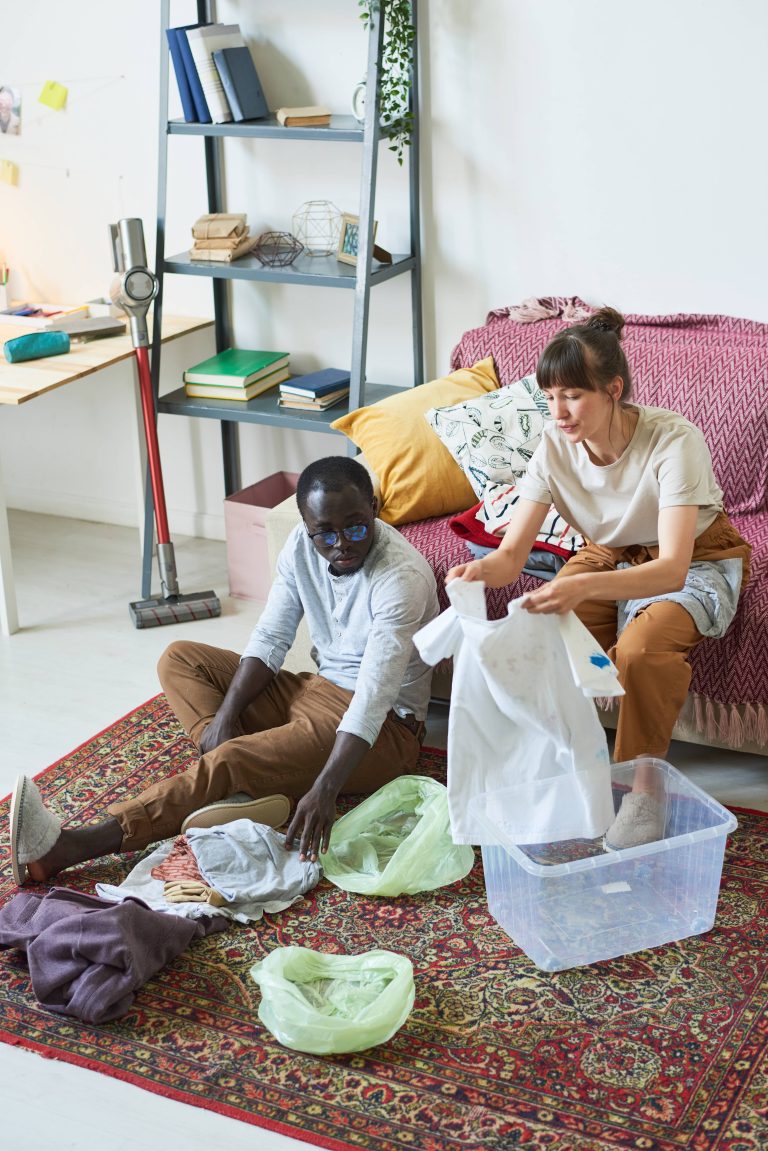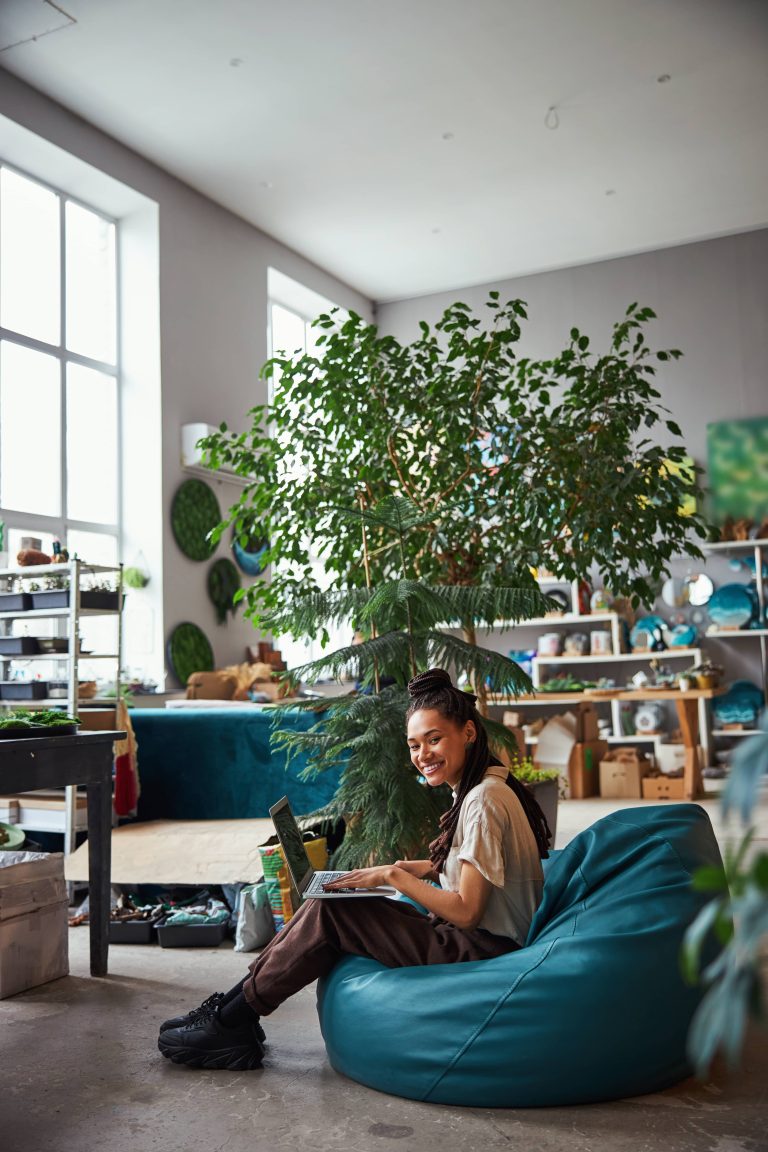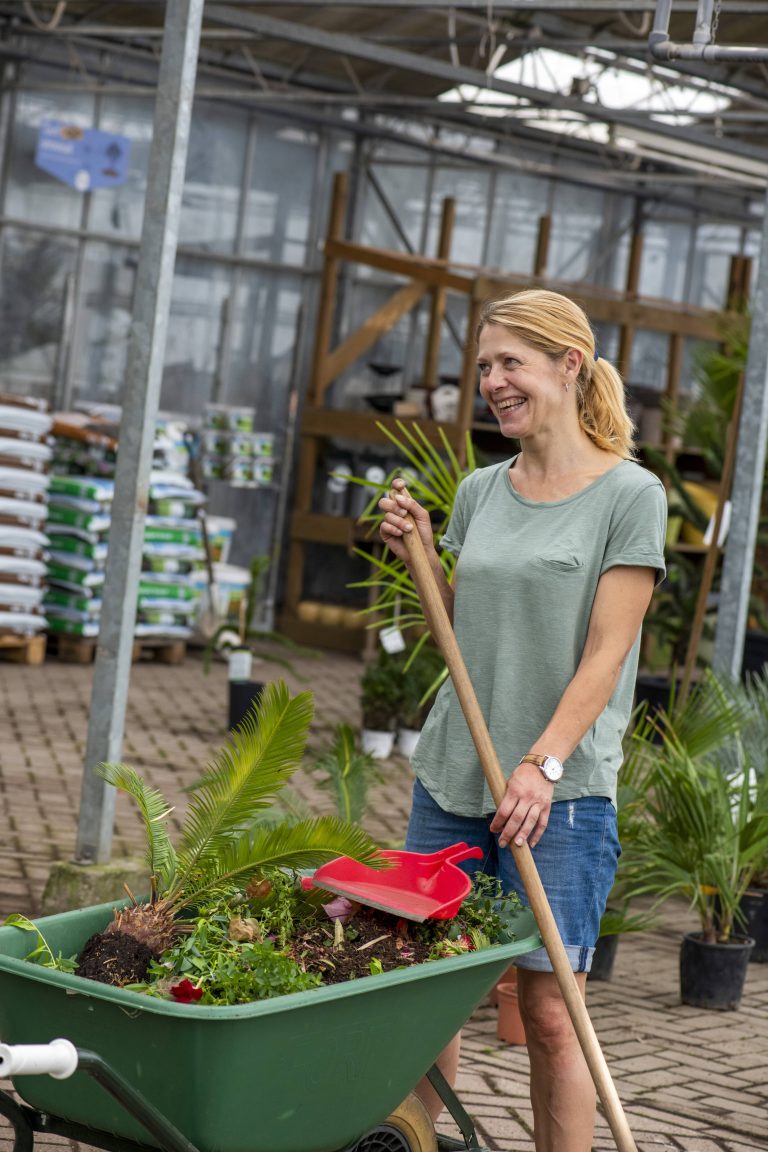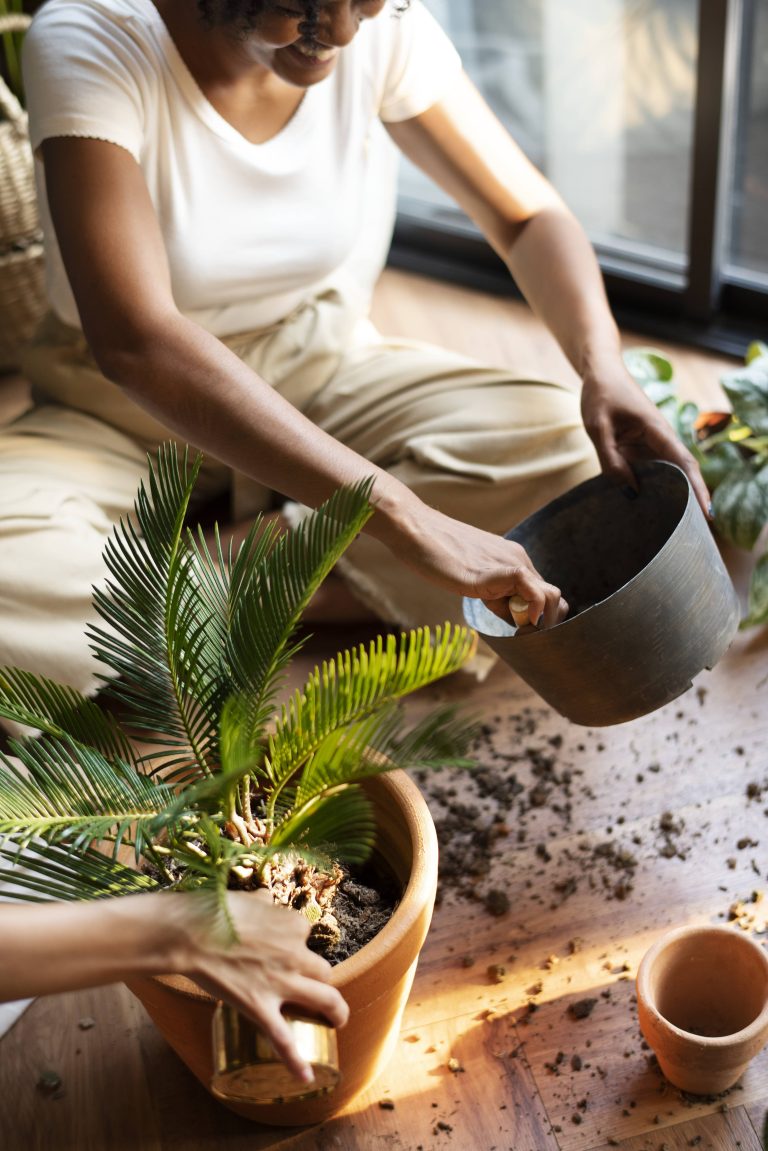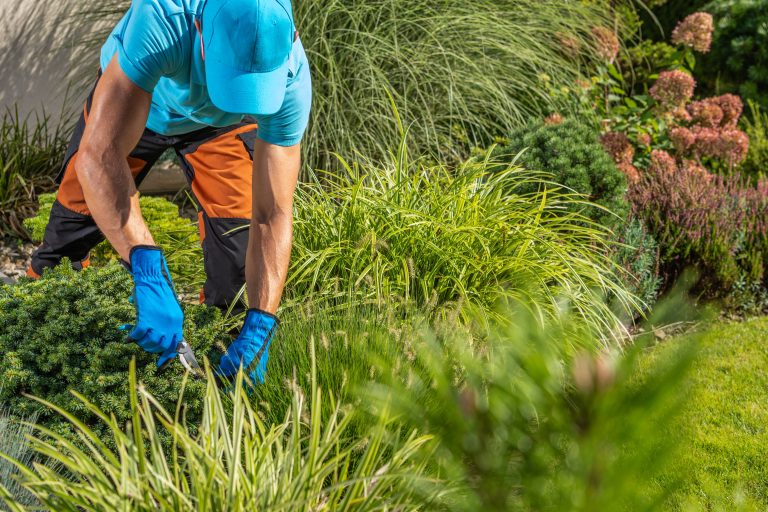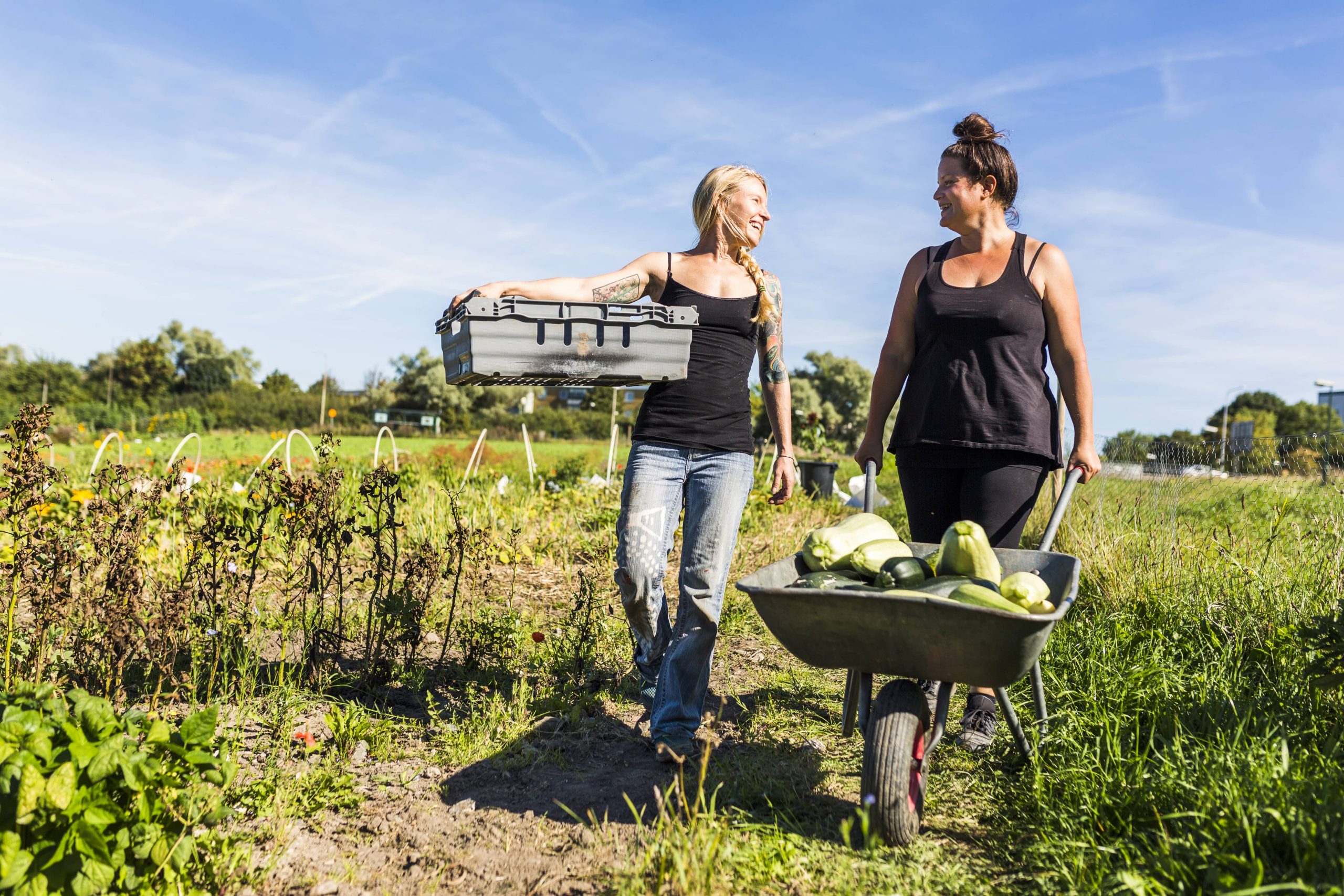
Gardening enthusiasts often seek ways to create vibrant and thriving outdoor spaces, teeming with wildlife. One delightful visitor that many gardeners hope to attract is the hummingbird. Known for their iridescent feathers and incredible agility, these tiny birds bring a touch of wonder to any garden. A surefire way to invite them into your garden is to select the right flowers that cater to their taste preferences and biological needs. In this post, we’ll explore which flowers are most attractive to hummingbirds and provide tips to create a garden that’s a haven for these enchanting creatures.
Understanding Hummingbird Preferences
Before delving into specific flower choices, it’s essential to understand what hummingbirds seek in a flower. The primary attraction for these birds is nectar, which serves as their energy source. Hummingbirds are also visually attracted to vivid colors, particularly reds, purples, and oranges. Additionally, the shape of the bloom is crucial; tubular flowers are ideal as they accommodate the hovering nature and feeding style of hummingbirds.
Hummingbirds have excellent memories and return to reliable food sources. Thus, establishing an inviting environment for them can lead to repeat visits.
Flowers That Entice Hummingbirds
While there are many flowers that hummingbirds find attractive, certain species stand out due to their appeal and ease of integration into most gardens. Here are some flowers that are particularly successful at drawing in these beautiful birds:
1. Bee Balm (Monarda)
Bee Balm is a garden favorite not only because of its ability to attract hummingbirds but also due to its aromatic leaves and stunning blooms, which come in shades of red, pink, and purple. These perennial plants are hardy and can thrive in a variety of climates, making them a versatile choice for many gardeners.
2. Columbine (Aquilegia)
Known for their distinctive spurred flowers, Columbines come in various colors, including red, which is particularly appealing to hummingbirds. Columbines bloom in the spring and offer a good source of nectar after winter dormancy, providing an early food source for migrating hummingbirds.
3. Trumpet Vine (Campsis radicans)
The Trumpet Vine boasts large, tubular flowers that are perfectly designed for hummingbirds. This vigorous climber can cover trellises or fences, providing not just food but also shelter for avian visitors. However, it requires control as it can spread rapidly if left unchecked.
4. Salvia (Salvia spp.)
Salvias are loved by gardeners and hummingbirds alike for their long blooming season and vibrant colors. With varieties in red, purple, blue, and even white, they fit seamlessly into mixed borders or standalone displays. Salvias are drought-tolerant and relatively easy to grow, requiring minimal maintenance.
5. Fuchsia (Fuchsia spp.)
With their pendulous growth habit and striking flowers, fuchsias make excellent candidates for hanging baskets or container gardens. The vivid red and purple blooms provide ample nectar and are accessible to hummingbirds.
6. Cardinal Flower (Lobelia cardinalis)
True to its name, the Cardinal Flower showcases rich red flowers that naturally draw hummingbirds. Its tall, elegant spikes add vertical interest to any garden and thrive in moist soil conditions, making them ideal for garden edges or near water features.
7. Penstemon (Penstemon spp.)
Commonly known as beardtongues, penstemons display tubular flowers in colors of pink, red, purple, and blue. They are adaptable to various soil conditions and offer prolonged blooming periods, furnishing hummingbirds with steady nectar supplies.
Designing a Hummingbird-Friendly Garden
When planning a garden to attract hummingbirds, diversity is key. By combining a range of flower species that bloom at different times, you can provide a continuous food source from spring through fall. This not only benefits the hummingbirds but also maintains visual interest in your garden throughout the growing season.
– Layering Plant Heights: Incorporate flowers of varying heights to create natural landing spots and flight paths. Taller plants can serve as perches, while mid-height blooms provide easy nectar access.
– Color Clusters: Group similar colored flowers together. Clusters of bright reds, oranges, and purples create visual signals to guide hummingbirds into your garden.
– Incorporate Feeders: In addition to planting flowers, consider adding a few hummingbird feeders. Fill them with a mixture of four parts water to one part white sugar. Avoid honey or artificial food coloring as they can be harmful.
– Provide Water: Hummingbirds not only drink nectar but also bathe regularly. A shallow birdbath or a gentle mister can serve as an added attraction.
– Shady Spots: Ensure that there is some tree cover or shaded areas where hummingbirds can rest and escape the heat of the day.
Maintenance and Care
Establishing a hummingbird-friendly garden requires some upkeep to ensure flowers remain healthy and attractive:
– Regular Deadheading: This encourages plants to produce new blooms, maintaining their nectar output.
– Avoid Pesticides: Chemical pesticides can be harmful to hummingbirds and other beneficial insects. Opt for organic alternatives or integrated pest management techniques.
– Monitor Growth: Regularly check climbing plants like trumpet vine to prevent them from overtaking other plants in the garden.
Maintaining a hummingbird-friendly garden is a rewarding endeavor that brings beauty, life, and a sense of accomplishment. By carefully selecting the right flowers and incorporating thoughtful design elements, you can create an oasis that not only delights hummingbirds but also re-imagines your outdoor living space. In return, these delightful birds will gift you with their presence, performing aerial feats and adding a burst of color and energy to your garden.







